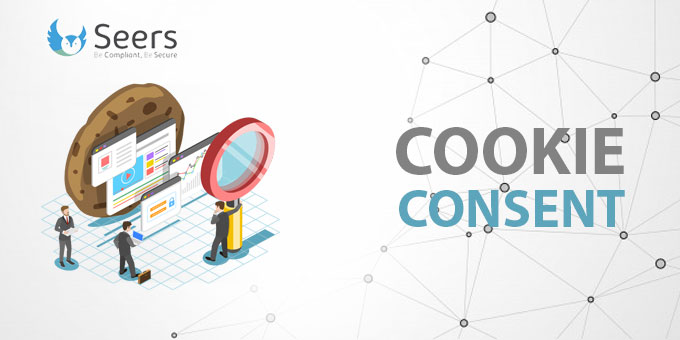What is Cookie Consent?
Website place Cookie consent to educate their users about the cookies they are using. They also care for a user’s privacy concerns.
However, the users find the cookie consent banner as an annoying element on any website. The reason for this proliferation of the GDPR cookie consent is the lawmakers want you to take good care of the personal information of your users.

These consent alerts enforced by the two most influential regulations, known as the General Data Protection Regulation GDPR and the California Consumer Privacy Act CCPA.
The GDPR came into effect on 25th May 2018, whereas the CCPA will go into force on 1st January 2020.
The issues related to a user’s/visitor’s privacy has been discussed often and grabbed the attention of many. The legislations are launched to address those issues. For further information please navigate here
The GDPR and Cookies
In GDPR, cookies are only mentioned in one paragraph. In which they are defined as how they are used to track devices to associate a person with his website visitors.
Though, it also told about how cookies can abuse a user’s privacy by creating a usage profile. In addition, a person can have a link with the online identifiers provided by their devices, applications, tools, and protocols.
This often leaves traces when combined with unique identifiers and the information by the server. As a result, it can create a profile or a user through which he can be identified.
According to the GDPR, a person must, “document and store consent received from users”. In reality, it is not possible to store consent from every visitor.
Therefore, websites have designed a cookie consent banner. Whenever a user visits the site, the cookie alert will appear on the page, and the consent can be given just by clicking “I Agree” on the banner.
The GDPR also suggests that “a website must allow users to access your service even if they refuse to allow the use of certain cookies”.
Consequently, if a user disagrees with the GDPR cookie consent banner, they can still view the whole page. But, the banner will still be there on the bottom of the screen.
To know more about cookie consent please watch >https://www.youtube.com/watch?v=gu70H_32tFY
ePrivacy Directive (EDP)
The Directive of ePrivacy has specified the rules one must apply for tracking, confidentiality, and monitoring. This law requires a person to provide consent before cookies served to their device.
Nevertheless, a user must know if the cookies used for tracking. Most importantly, if the usage of cookies is not for tracking, instead they are using just for the site’s service provision, they are exempt from the consent requirement.
The California Consumer Privacy Act
The Regulation will come into force on 1st January 2020. It has restrictions regarding the use of “unique identifiers” such as cookies, IP addresses, notification requirements and opt-out/in are the same as GDPR and EPD.
GDPR-complied enterprises
The number of GDPR-compliant companies is springing-up. They have completed the compliance tests of their websites and have cookie management solutions through scripts, plugins, and service. They are much into this as all these things ensure that their websites are compliant with GDPR and EDP.
While Winding-up
In accordance with a user, a consent banner just an annoying factor. They think these cookie alerts are irrational and mar their experience slightly whenever they search for something.
Whereas, from businessmen respective, these consent banners ensure that the website is protecting its user’s privacy. And, avoid mutiny under the GDPR and EPD.
Well, as long as the websites are protecting a user’s personal information, what a user thinks, does not matter.
Lastly, these laws will keep on replacing each other as new technologies are introduced to the world by each passing day.
It depends on the sites whether they want to stay compliant, or they are open to face massive fines for non-compliance.